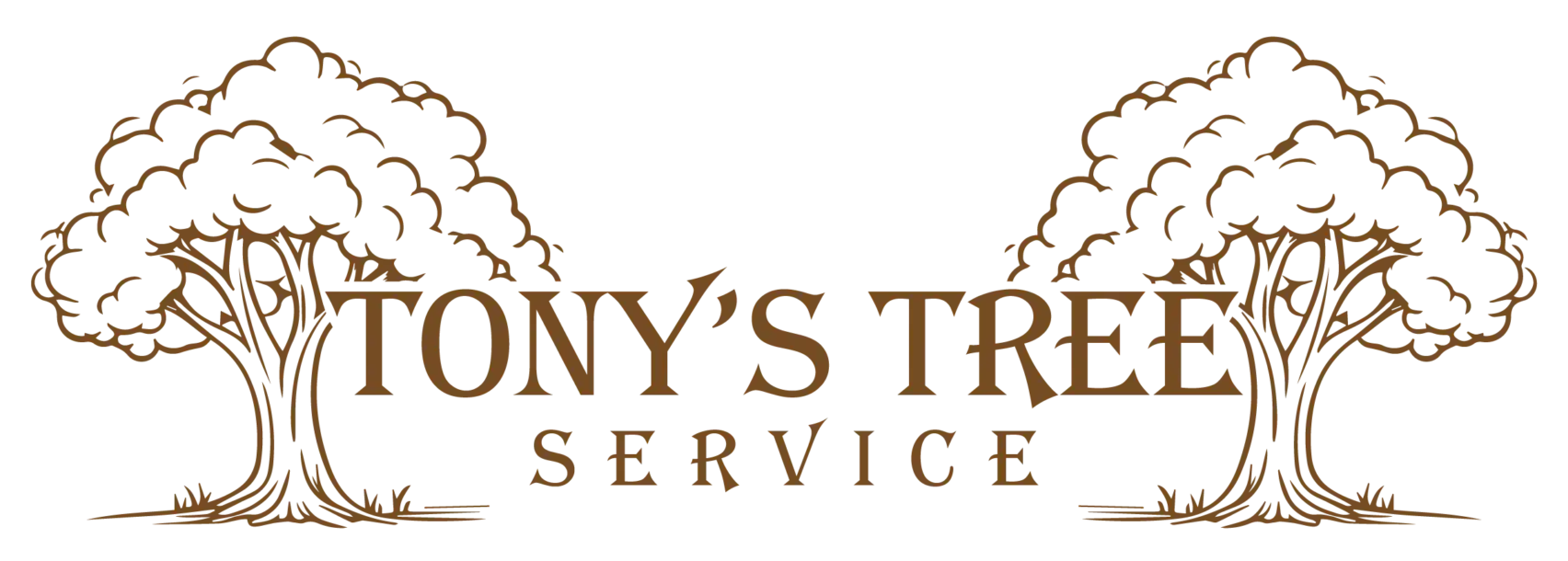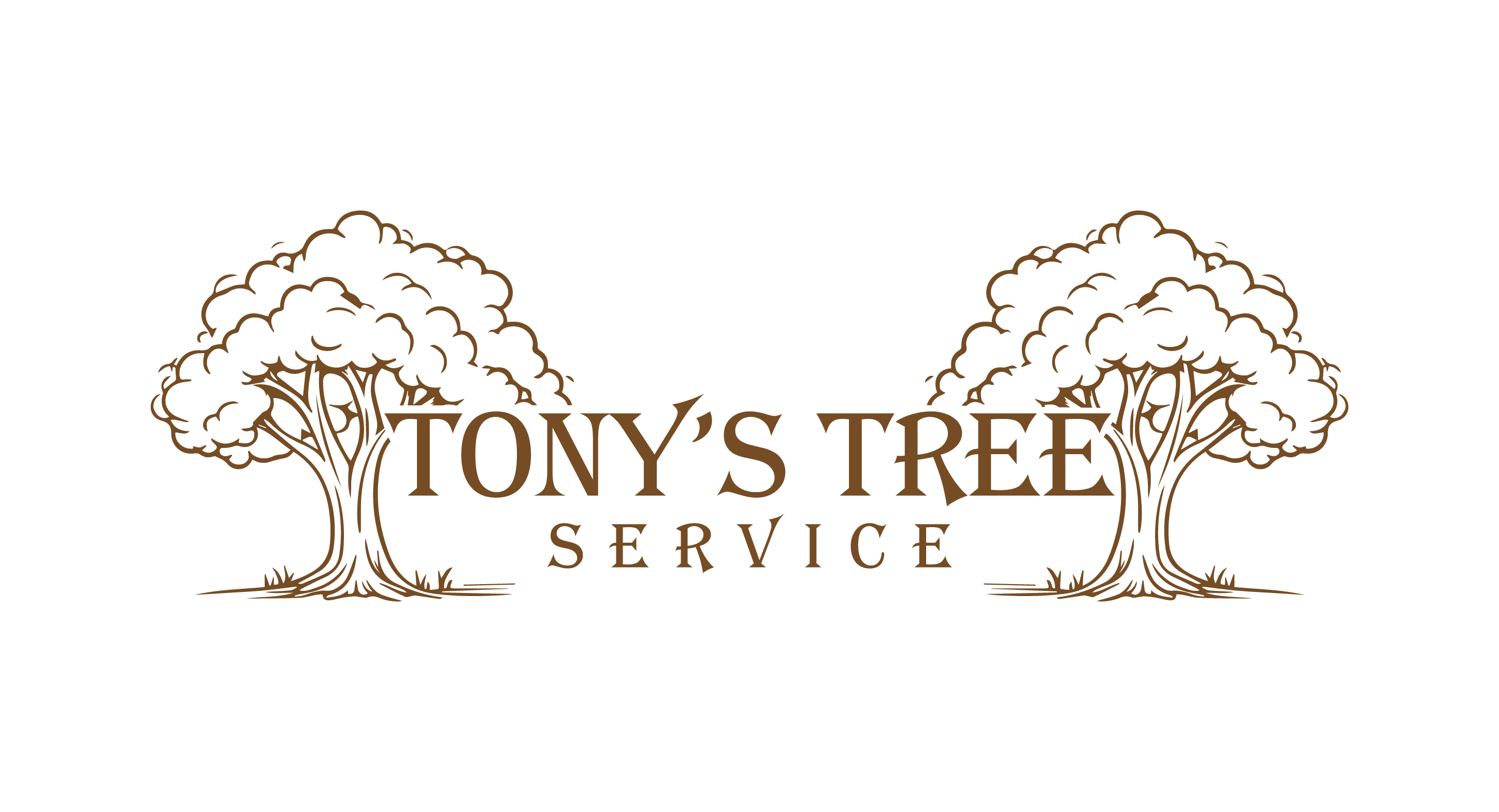Removing a tree can significantly impact the look and feel of your yard. Whether the tree was taken down due to disease, age, or to improve the aesthetics of your landscape, the bare space left behind is an opportunity for a fresh start. Tree removal isn’t the end of your yard’s potential—it’s the beginning of a new chapter.
In this comprehensive guide, we’ll walk you through the steps to restore your landscape after tree removal, offering expert tips, advice, and first-hand insights to ensure you make the most of your outdoor space. From choosing the right replacement plants to soil restoration and maintenance, we’ll cover everything you need to know to promote new growth and revitalize your yard.
Why Replanting After Tree Removal Matters
After a tree removal, the immediate instinct might be to leave the area bare, but replanting is essential to maintaining a healthy, vibrant landscape. Trees play a crucial role in your yard, providing shade, habitat for wildlife, and helping to manage soil health. Without a proper replanting strategy, you could face issues like soil erosion, nutrient depletion, and an overall lackluster look.
From my experience in working with clients, it’s common to overlook the importance of proper soil preparation after a tree removal. Soil health often suffers during the removal process, and leaving it unattended can make replanting efforts much more challenging.
Step 1: Assess the Area After Tree Removal
At Tony’s Tree Service, we always recommend a detailed site assessment after performing tree removal in Vancouver, WA and other nearby areas. One of the biggest issues we see is clients trying to replant too quickly without addressing the state of the soil. The removal process can often leave the ground hard and nutrient-deficient, making it difficult for new plants to establish.

Step 2: Prepare the Soil for New Growth
Soil preparation is key after tree removal, especially if you plan to replant in the same area. Over time, the tree roots would have drawn essential nutrients from the soil. After the tree is gone, the soil may be compacted and lacking in nutrients needed for new plant life. You can restore it by following these steps:
- Aeration: Laoosening the soil helps new plants establish their roots more easily. Aeration is particularly helpful in compacted soils, which are common after tree roots are removed.
- Nutrient Enrichment: Add organic compost or fertilizers to restore vital nutrients. This is a step often overlooked in DIY landscaping, but from our experience, it makes all the difference for healthy replanting.
Soil pH Testing: Trees can alter the pH balance of the soil. Testing the soil to see if it’s too acidic or alkaline can help you select the right plants or trees for the area.
Step 3: Choosing the Right Trees or Plants
Once your soil is ready, it’s time to choose the plants or trees that will replace the one you removed. Consider factors such as:
- Climate: Select plants or trees that thrive in your region. If you’re local to the Pacific Northwest, you’ll want species that do well in a temperate climate with plenty of rainfall. In Vancouver, WA, native plants such as Douglas Fir or Red Alder can make excellent choices.
- Purpose: Think about why you’re replanting. If you’re looking to replace the shade lost from the tree removal, consider fast-growing shade trees. If aesthetics or fruit production is more important, your options will vary accordingly.
From my years in this industry, I’ve found that choosing plants or trees with a similar root structure and growth pattern as the original tree often yields the best results. This helps the new plant adapt to the soil more quickly, filling in the gap left by the tree removal near me.
Step 4: Care and Maintenance After Replanting
Once you’ve successfully replanted, your job isn’t over. New trees or plants require proper care and maintenance, especially in the early stages of growth. Watering, mulching, and consistent monitoring of the new plant’s health are vital to ensuring its success.
- Watering: Deep watering encourages strong root growth, especially in the critical first few months after planting.
- Mulching: A layer of mulch around the base of the new tree or plant helps retain moisture and provides essential nutrients as it decomposes.
- Monitoring: Keep an eye on your newly planted trees or plants for signs of stress, such as wilting, discoloration, or slow growth. Early intervention can save a struggling plant.
Common Challenges After Tree Removal
Replanting after tree removal isn’t always straightforward. Common challenges include:
- Stump Removal Issues: If a tree stump remains after tree removal, it can hinder replanting efforts. You may need to grind the stump down to ensure the area is clear.
- Soil Compaction: If the soil around the tree removal site is too compacted, it can prevent new trees or plants from establishing themselves. Aerating the soil is a must before replanting.
- Root Competition: Some tree species leave behind a dense root system even after removal. Clearing out old roots is crucial to give your new plants a fighting chance.
At Tony’s Tree Service, we’ve seen it all. We always recommend tackling these issues head-on to avoid setbacks. From my first-hand experience, addressing root competition and compacted soil early can save you from future headaches and give your new landscape the best chance to thrive.
Step 5: Promoting New Growth and Long-Term Landscape Health
Restoring your landscape after tree removal isn’t just about filling the empty space—it’s about fostering a healthy, thriving outdoor environment. To ensure long-term success:
- Regular Pruning: For new trees, pruning is essential to promote healthy growth and avoid structural issues.
- Fertilizing: Use fertilizers to replenish nutrients in the soil. Newly planted trees benefit from slow-release fertilizers that provide steady nourishment over time.
- Pest Control: Keep an eye out for pests that could damage your new plants. Early detection and treatment are key.
Conclusion:
Tree removal can transform the appearance of your yard, but it also offers a unique opportunity to restore and enhance your landscape. By taking the time to assess your soil, choose the right plants or trees, and provide proper care, you can create a vibrant, thriving environment that adds beauty and value to your property. At Tony’s Tree Service, we specialize in helping you every step of the way, from tree removal near me to tree removal in Vancouver, WA, ensuring your landscape reaches its full potential after removal.
FAQs
Q: How long should I wait to replant after tree removal?
A: It depends on the condition of your soil and whether a stump needs to be removed. Typically, you can start preparing the soil immediately, but it may take several weeks for the area to be ready for replanting, especially if you’re dealing with compacted soil or leftover roots.
Q: What is the best type of tree to plant after tree removal?
A: It varies based on your region and soil condition. In Vancouver, WA, native trees like Douglas Fir or Red Alder are great options, but always consider the purpose of your new planting, such as shade or aesthetic appeal.
Q: Can I plant in the exact spot where the tree was removed?
A: Yes, but make sure the soil is properly prepared. Removing old roots and improving soil conditions is essential for new plants to thrive in the same spot.

